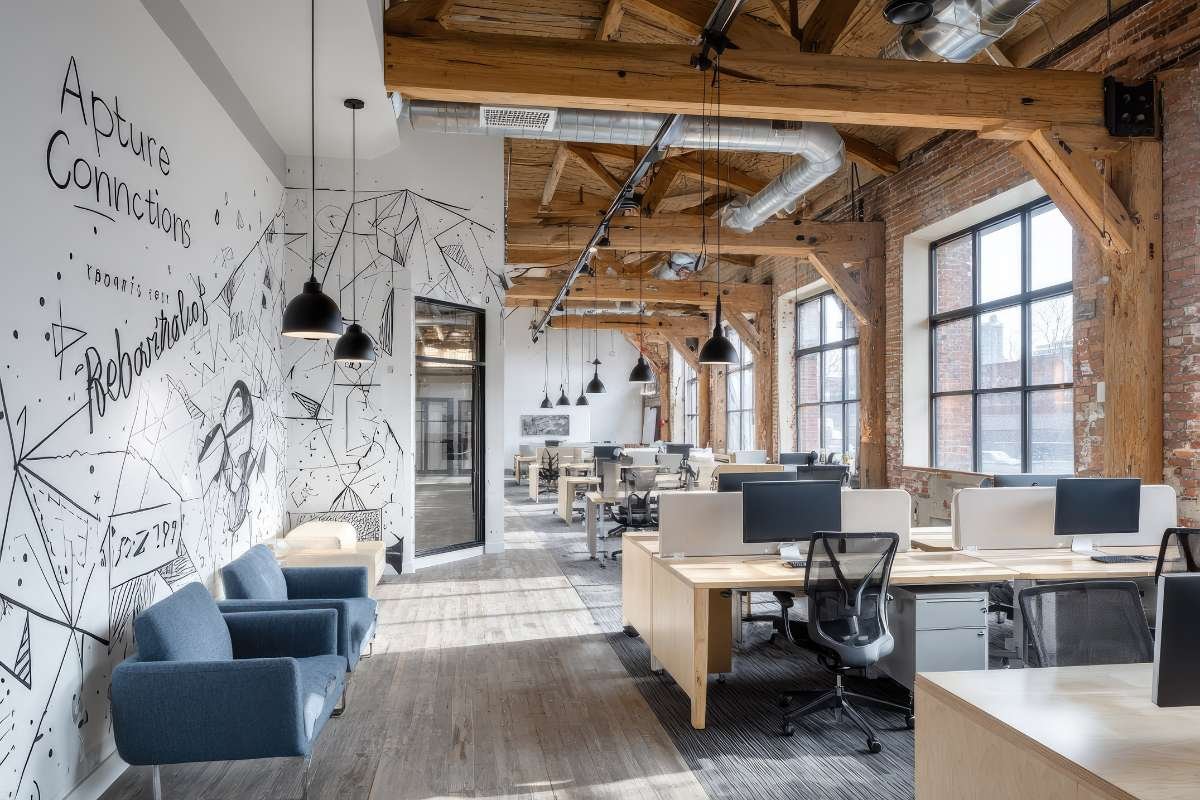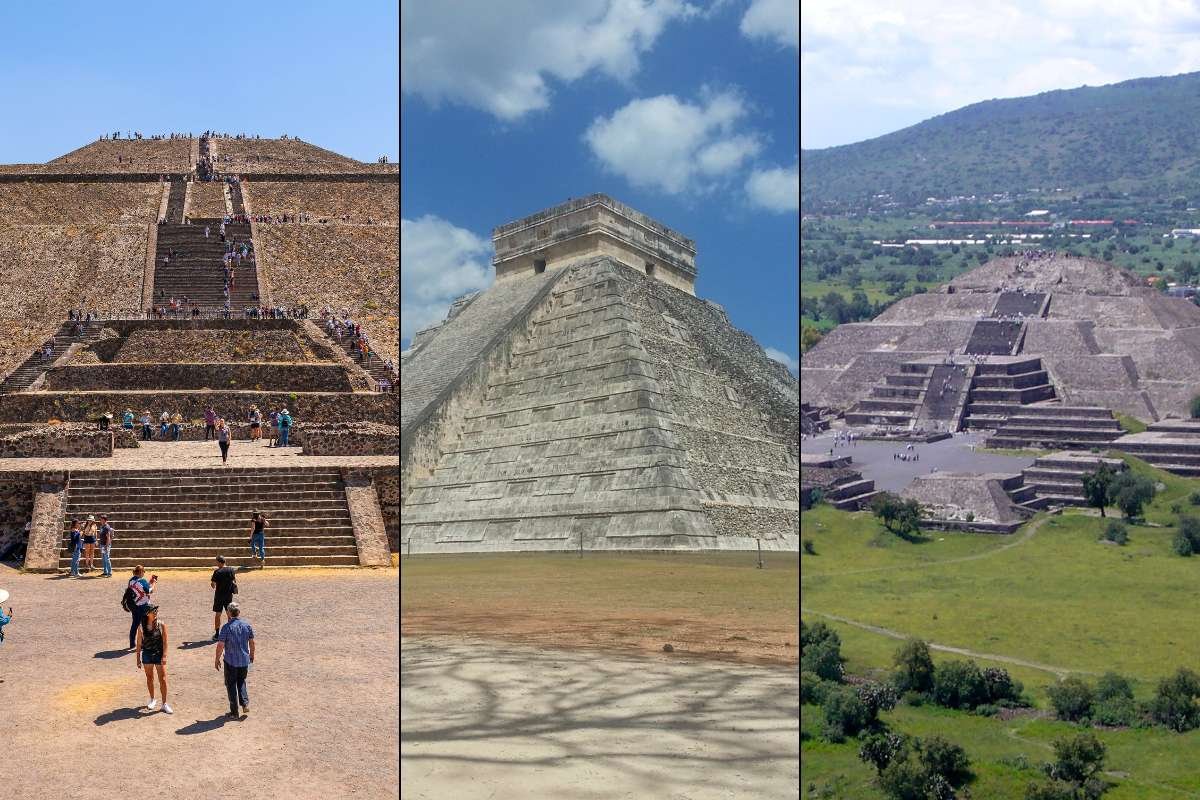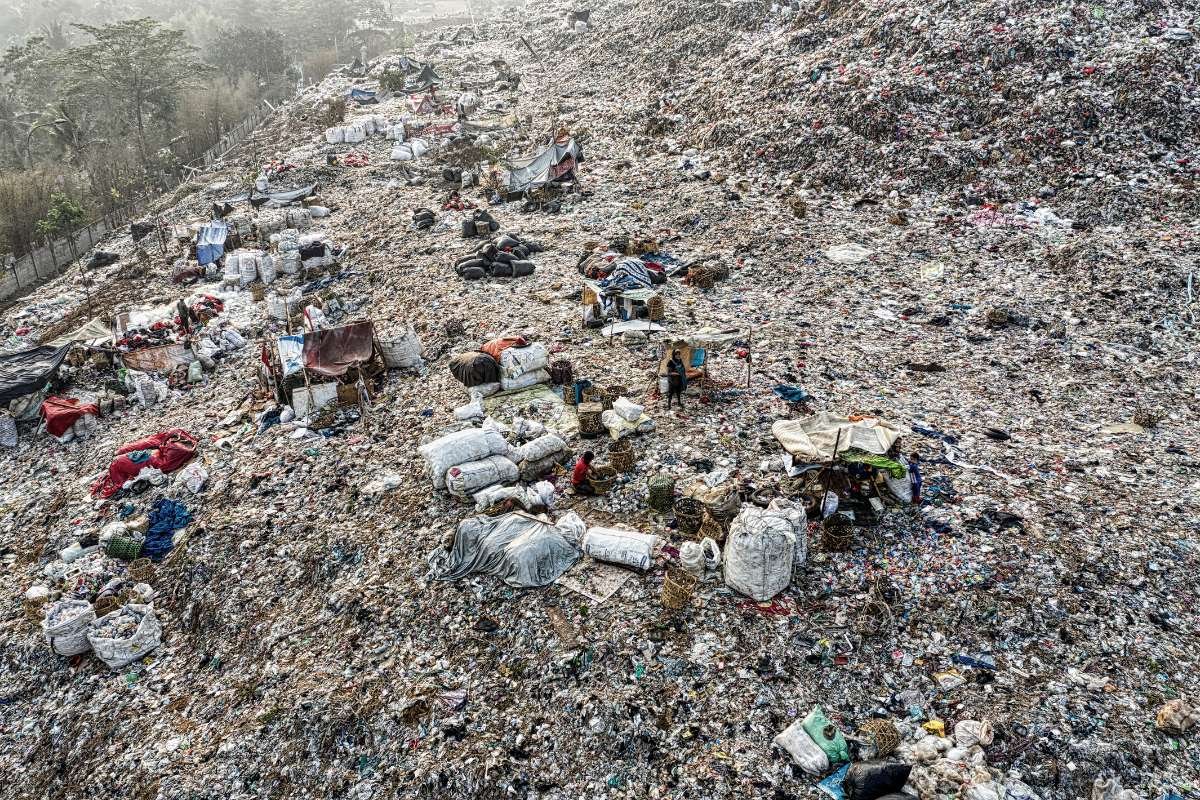When most people think of the U.S., they picture wealth, big cities, and endless opportunity. But that’s not the whole story. There are parts of the country where people are struggling just to get by, places where finding a decent job or even basic healthcare can feel like a constant uphill battle. These are the poorest states in the U.S.—where poverty is persistent, wages are low, and opportunities are often out of reach.
In this article, we are not just looking at statistics, we will explore what life is really like in these states—where the promise of the “American Dream” feels a bit further away for many. From the Deep South to the rural Midwest, these 10 states have one thing in common: they’re still facing serious economic challenges, despite being part of one of the wealthiest countries in the world.
The 10 States Facing Economic Challenges
Before starting with the list, it’s important to understand what criteria are typically used to rank the poorest states in the U.S. Generally, states are considered “poor” based on a combination of factors such as:
- Median household income
- Poverty rate
- Unemployment rate
- Access to healthcare and education
Let’s now explore the 10 poorest states in the U.S., based on these and other key indicators.
1. Mississippi
Mississippi ranks as the poorest state in the U.S. With a median household income of around $45,000 and a poverty rate nearing 20%, Mississippi struggles with systemic economic challenges. Many of its residents face limited access to high-paying jobs, healthcare, and quality education. The state’s economy is based on agriculture, which traditionally offers lower wages than industries like technology or finance.
2. West Virginia

West Virginia’s economic struggles are well-documented. Known historically for its coal mining industry, the state has faced a sharp economic decline as coal demand has decreased. With a poverty rate of about 17%, West Virginia ranks among the poorest states in the U.S. The state also struggles with low wages and high unemployment rates, particularly in rural areas.
3. Louisiana
Louisiana has long been one of the poorest states in the U.S., with a poverty rate of about 18%. The state faces significant challenges with economic inequality, particularly along racial lines. Many of Louisiana’s poorest residents live in rural areas where economic opportunities are scarce. In recent years, natural disasters like hurricanes have also worsened poverty, relocating families and disrupting local economies.
4. Arkansas
Arkansas, despite having a strong agricultural base, continues to struggle with high poverty rates and low household incomes. Around 17% of its population lives in poverty, making it one of the poorest states in the U.S. Education and healthcare access in the state are also limited, particularly in rural areas.
5. New Mexico

New Mexico is a state with high poverty rates and low median incomes, primarily due to a lack of industry diversification. With a poverty rate of about 19%, New Mexico is one of the poorest states in the U.S. While the state has rich cultural heritage and a strong tourism sector, many residents still struggle to find stable, well-paying jobs. Educational differences also contribute to the state’s economic difficulties.
6. Alabama
Alabama’s economy has struggled for decades, it has a median household income of about $51,000, significantly below the national average. Poverty rates are also high, with roughly 16% of residents living below the poverty line. The state’s rural areas, in particular, face significant economic hardships, with limited access to jobs, healthcare, and education.
7. Kentucky
Kentucky is another Southern state that faces economic challenges. With a poverty rate hovering around 16%. Much like its Southern counterparts, Kentucky’s economy relies heavily on agriculture and manufacturing, industries that offer lower wages than those found in states with more diversified economies. Access to healthcare and education is also an issue, particularly in the state’s Appalachian region.
8. South Carolina

Despite recent economic growth in cities like Charleston and Columbia, South Carolina remains one of the poorest states in the U.S. The state’s poverty rate is around 15%, and its median household income lags behind the national average. While the coastal areas have seen job growth in tourism and tech, many rural areas still struggle with unemployment and low wages.
9. Oklahoma
Oklahoma faces both rural and urban poverty challenges, with a poverty rate of about 15% and a median household income that ranks below the national average. Despite its strong energy sector, Oklahoma is one of the poorest states in the U.S., as many residents struggle to access stable, well-paying jobs.
10. Tennessee
Rounding out the list is Tennessee, another state dealing with poverty and economic inequality. The poverty rate here is about 14%, making Tennessee one of the poorest states in the U.S. Despite recent job growth in cities like Nashville, much of the state’s rural areas face ongoing economic hardships, with limited access to healthcare, education, and high-paying jobs.
➤ Common Threads Among the Poorest States in the U.S.

While each of these 10 poorest states in the U.S. has its own unique challenges, there are several common factors that contribute to their economic struggles:
- Rural isolation
- Low-wage industries
- Healthcare access
- Educational disparities
Conclusion
The poorest states in the U.S. face a variety of economic challenges, including limited access to well-paying jobs, healthcare, and education. While there are efforts to address these issues, progress remains slow, and many families continue to struggle with poverty. As these states work to attract new industries and improve access to essential services, there is hope for long-term economic improvement, but overcoming these challenges will require sustained effort and investment.


















